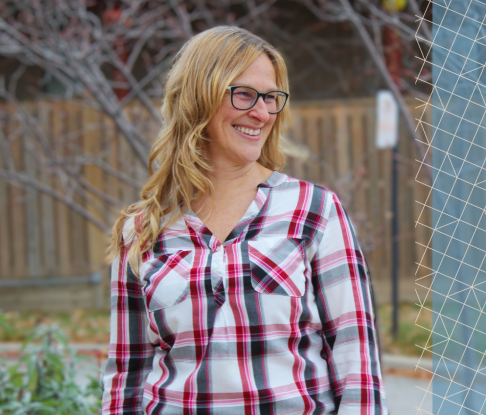 As Cities grow, populations change and become more diverse, new neighbourhoods are built, and older neighbourhoods are being intensified. So, how do you deepen the sense of community? This is the question that the City of Waterloo’s was tasked with when they started to develop their neighbourhood strategy. The City wanted to build a strategy to help define how to support neighbourhoods, facilitate continued growth, and support community members to be empowered to create strong neighbourhoods.
As Cities grow, populations change and become more diverse, new neighbourhoods are built, and older neighbourhoods are being intensified. So, how do you deepen the sense of community? This is the question that the City of Waterloo’s was tasked with when they started to develop their neighbourhood strategy. The City wanted to build a strategy to help define how to support neighbourhoods, facilitate continued growth, and support community members to be empowered to create strong neighbourhoods.
In 2016, Waterloo’s Neighbourhood Strategy set out to identify how the City can best support community members to create stronger and more connected neighbourhoods. What is interesting about the City’s process is the structure in which led to the development of the strategy. The City developed three different teams to guide the process:
- A Steering group that included representatives from 13 organizations including: neighbourhood associations, United Way, 2 post-secondary institutions, the community foundation, library, public school board, police services and neighbourhood groups, all with a direct interest in Waterloo neighbourhoods.
- A Resident Panel of community members who met seven times over the course of the project to provide in-depth input into the draft neighbourhood strategy. Panel members had an opportunity to learn about the current context of neighbourhoods, engage in deep conversations about multiple topics related to neighbourhoods, and to engage in the process of developing and revising the strategy and establishing priorities.
- A staff team who did the behind the scenes work to develop the draft strategy. There were staff from policy, community and neighbourhood services, enforcement and cultural planning departments.
With the guidance of the above teams, the City took a four-phase approach over a span of 19 months to develop the strategy. The following principles guided the development of the strategy recommendations and continue to guide the implementation of the neighbourhood strategy:
- Residents and neighbourhood volunteers are at the root of a great neighbourhood.
- Every resident is a neighbour and can help build strong neighbourhoods.
- Neighbourhood community building should be resident-led.
- Neighbourhood community building should aim to be inclusive.
- City departments must work together to help support resident-led and delivered neighbourhood initiatives.
- Collaboration with community partners is key to achieving the strategy’s vision.
The strategy was built on public consultation input and research, the project staff team worked with the Steering Committee, the resident panel and other key stakeholders to develop a vision and goals. The three teams working together were instrumental in the development of the City’s first Neighbourhood Strategy that was accepted by Council in June 2018.
Learn More:
Read the full case study: Strong and Connected Neighbourhoods - Waterloo's Neighbourhood Strategy





